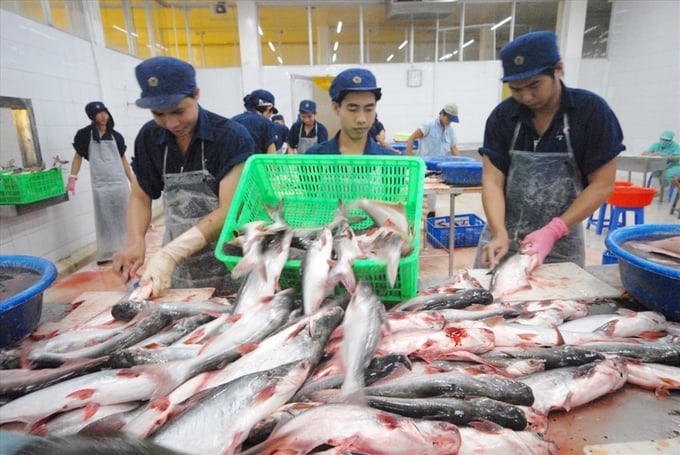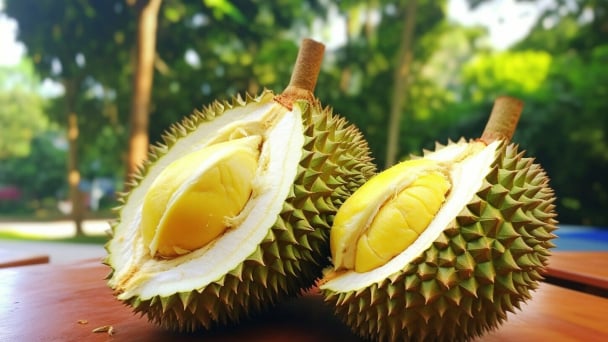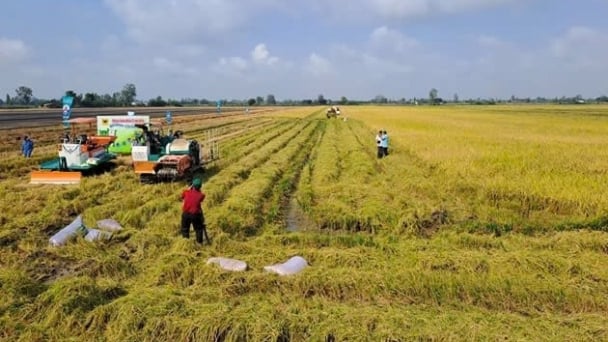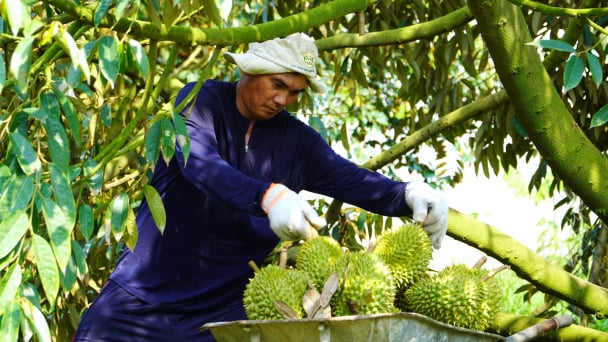May 24, 2025 | 16:20 GMT +7
May 24, 2025 | 16:20 GMT +7
Hotline: 0913.378.918
May 24, 2025 | 16:20 GMT +7
Hotline: 0913.378.918
According to a report from the Ministry of Agriculture and Rural Development (MARD), the catfish production in 2024 is estimated to reach 1.6 million tons, which is equivalent to the previous year. As of October 15, the export turnover for catfish had reached 1.56 billion USD, an increase of 8.9% compared to the same period in 2023. However, the growth has been uneven due to fierce competition from other countries and different types of white fish products.
The Directorate of Fisheries reports that Vietnam accounts for 42% of global catfish production, while countries like India, China, and Bangladesh together account for 15-21%. India’s catfish production has been steadily increasing, but the size of the fish is very small, mainly supplied for domestic consumption. Similarly, China has been farming catfish for over seven years, maintaining an annual production of around 1.4 million tons, primarily for domestic use. This trend suggests that China will likely reduce its imports of catfish in the future.

The growth of catfish exports in various markets is uneven due to fierce competition from other countries and different types of white fish products.
In the case of Indonesia, while the production is not high, the country has managed to export catfish to the Middle Eastern market under its own brand and is gradually building its reputation there. Furthermore, catfish faces strong competition from other types of white fish, such as tilapia (which accounts for 20% of the global white fish market share) and cod.
The Directorate of Fisheries advises Vietnamese catfish exporters to focus on improving product quality, reducing the ice glazing (the layer of frozen water on the surface of the fish), and developing a strong brand identity in order to set competitive prices. The Directorate also points out an interesting case: although Thailand is not traditionally known for catfish farming on the global map, it has managed to export catfish to the United States. In 2022, Thai catfish was priced at only half the price of Vietnamese catfish, but in the following year, the price of Thai catfish had doubled.
Apart from facing intense competition in the market, the catfish industry is also grappling with several internal challenges. For example, about 70% of the parent fish used for breeding are not selected through proper breeding programs. Moreover, the number of hatcheries with certified breeding operations is still very limited. The survival rate of fingerlings remains low, and rising input costs are driving up production costs.
According to the Vietnam Association of Seafood Exporters and Producers (VASEP), the export market share for Vietnamese catfish has shifted in comparison to 2023. Specifically, China, which was once a dominant market, now accounts for 29% of total catfish exports, a 2% decrease from the previous year. In contrast, the U.S. market has seen a positive change, increasing its share from 15% to 18%. Besides these two major markets, smaller markets such as Brazil, Japan, Colombia, and Russia have shown impressive growth in catfish exports.
VASEP has also noted that the Japanese market, traditionally known for being quite discerning when it comes to freshwater fish, has been a challenging market for Vietnamese catfish. However, Vietnam has managed to succeed in this demanding market, particularly with its sashimi-grade catfish products, which is proving to be a very promising product in Japanese market.
Translated by Phuong Linh
/2025/05/22/5250-1-184853_288.jpg)
(VAN) According to a representative from the Central Retail Vietnam, Vietnamese products such as seafood, sweet potatoes, dragon fruit, coffee, and spices hold great potential in the Thai market.

(VAN) A multi-channel, multi-directional strategy only works when the agricultural value chain meets global transparency and SPS standards.

(VAN) Market expansion is a matter of survival for Vietnamese businesses amid fierce competition and global supply chain fluctuations.

(VAN) Global market prospects for U.S. long-grain rice for the upcoming marketing year.

(VAN) China’s General Administration of Customs started permitting fresh durian shipments from Cambodia after a phytosanitary protocol was signed with the Cambodian Ministry of Agriculture in late April.

(VAN) To operate carbon market, one of the key issues is determining which types of 'commodities' meet the standards to be traded on the market.

(VAN) Durian-producing localities need to coordinate more effectively with central authorities to improve the traceability, monitoring, and response systems in case of violations.